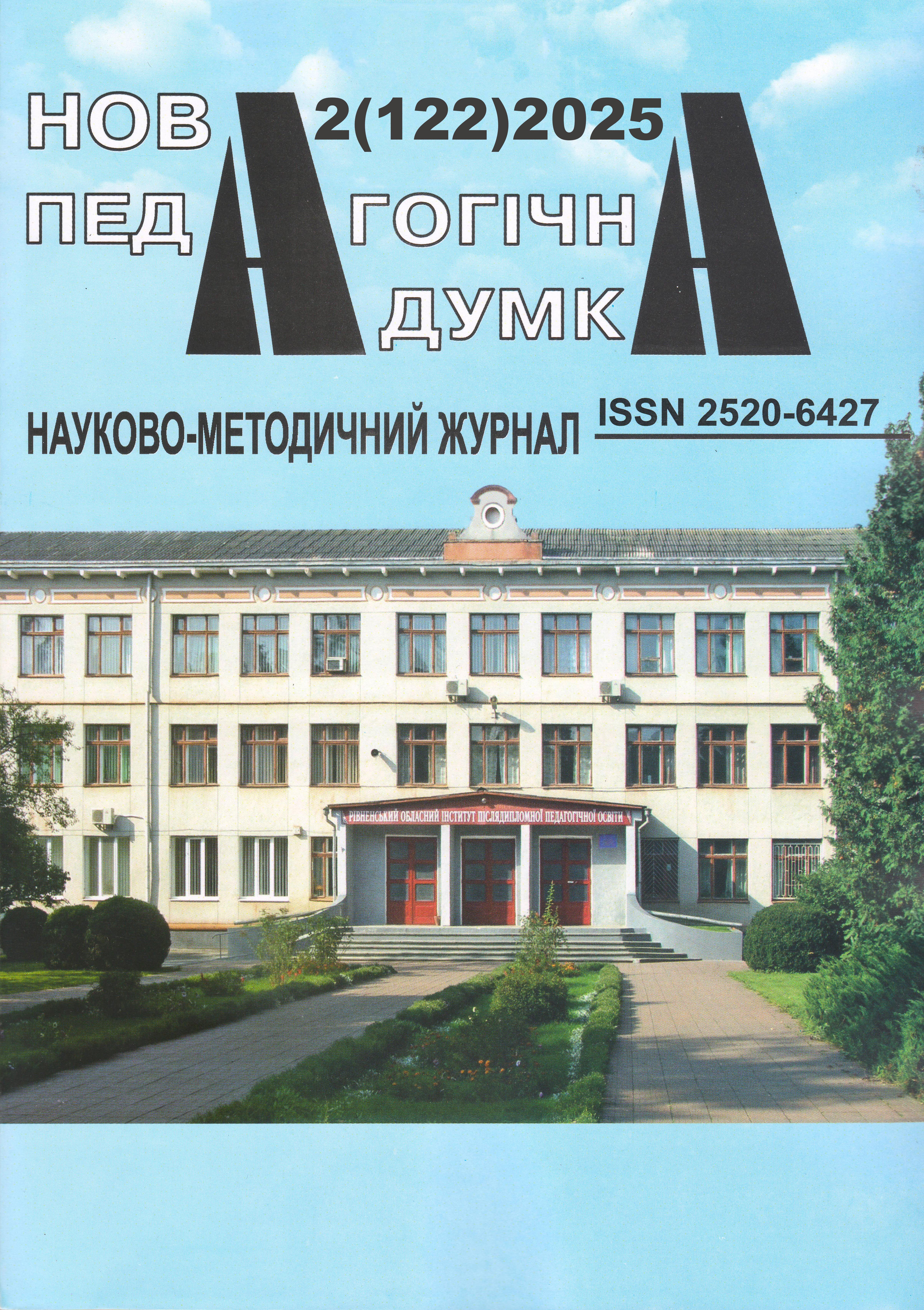Using interactive platforms in the physics learning process in general secondary education institutions
Abstract
The article reveals the didactic possibilities of network technologies and resources in the process of teaching physics in general secondary education institutions. It is emphasized that the use of network technologies in the educational process contributes to the formation of information and digital competence in its participants, which involves the ability to use digital tools for learning or in professional activities. Using the example of PhET Interactive Simulations, it is shown that the study of physical phenomena and processes with the help of modeling software systems becomes possible due to the researcher’s ability to choose a strategy for solving a learning task, his ability to single out the essential in the screen image, abstracting from the secondary, the ability to analyze the behavior of graphic objects, and on the basis of the obtained results, draw conclusions about the behavior of real objects. It is established that such systems can serve as the basis for conducting both qualitative and quantitative experiments, which are different degrees of penetration into the essence of physical phenomena. In the first case, the qualitative dependencies of the studied phenomenon on certain factors are revealed. In the second case – quantitative dependencies are determined, expressing them with the help of mathematical functions or equations.
It is emphasized that computer modeling can be justified only when the phenomenon, process or installation cannot be shown to students in its natural form. Using the example of LearningApps, it is shown that network resources make it possible to create interactive tasks and exercises in physics, which can be further used at different stages of the lesson or in extracurricular time. Their application in the educational process contributes to the activation of students' educational and cognitive activities, increases their interest in the study of physics, and develops their creative abilities. Such interactive platforms are characterized by ease of use, accessibility, and adaptability to various didactic tasks.





